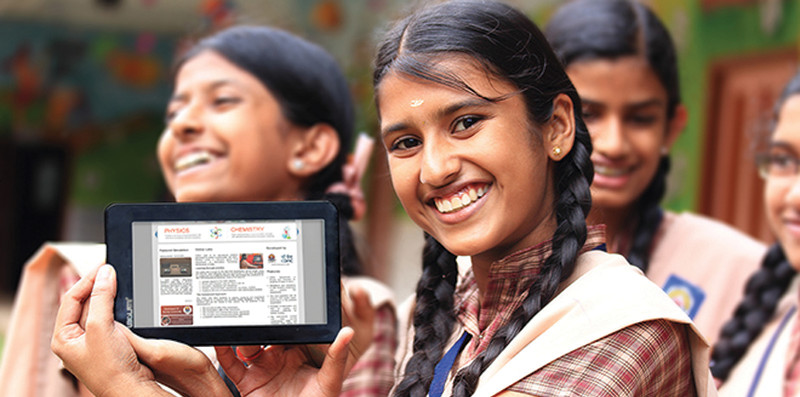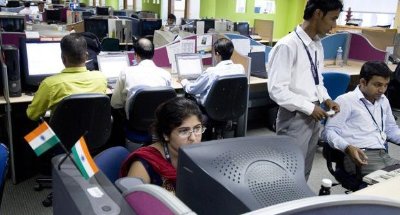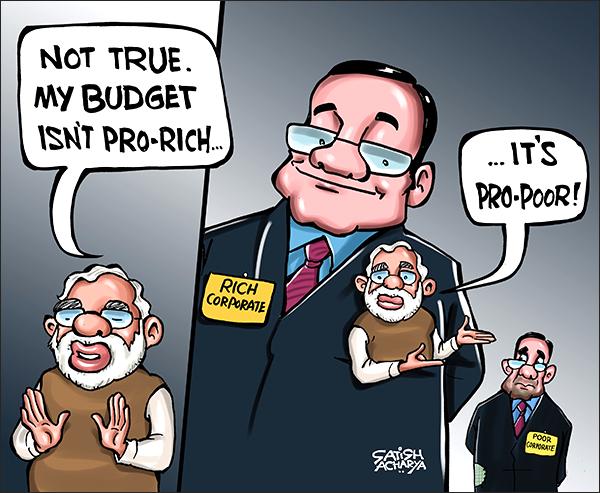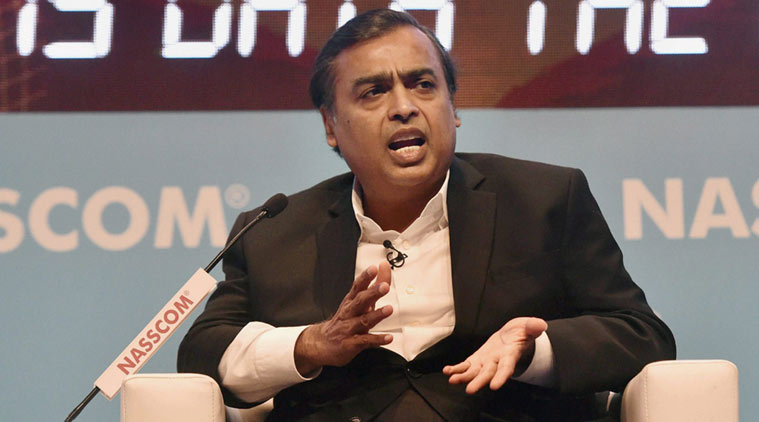
While some have a high opinion of India‘s growth story since its independence, some others think the country’s performance in the six decades has been abysmal. It’s arguably true that the Five-Year Plans did target specific sectors in order to quicken the pace of development, yet the outcome hasn’t been on expected lines. And, the country is taking its own sweet time to catch up with the developed world. All efforts are frustrated by lopsided strategies and inept implementation of policies.
The Two Phases of Economy
An independent India was bequeathed a shattered economy, widespread illiteracy and shocking poverty.
Contemporary economists divide the history of India’s economic growth into two phases – first 45 years after independence and the two decades of free market economy. The years preceding the economic liberalisation were mainly marked by instances wherein economic development got stagnated due to a lack of meaningful policies.
The economic reforms came to India’s rescue with the launching of a policy of liberalisation and privatisation. A flexible industrial licensing policy and a relaxed FDI policy started getting positive responses from international investors. Among the major factors that drove India’s economic growth following the economic reforms of 1991 were increased FDI, adoption of information technology and an increased domestic consumption.
Service Sector Growth
A major development in the nation’s services sector has been the tele services and information technology. A trend that started some two decades back is now well in its prime. Several multinational firms continue to outsource their tele services and IT services to India. The acquisition of expertise in information technology has led to the generation of thousands of new jobs, which in turn increased domestic consumption and naturally, more foreign direct investments happened to meet the demands.
Presently, the services sector employs 23%of the Indian workforce and this process of development started back in the 1980s. In the 60s, the sector employed only 4.5% of the working population. According to the Central Statistical Organization, the services sector accounted for 63% of Indian GDP in 2008 and the figure continues to grow.
Growth of Agriculture Sector
Since 1950s, the progress in agriculture has been somewhat steady. The sector grew at about 1 percent per annum in the first half of the 20th century. During the post-Independence era, the growth rate nudged about 2.6 percent per annum. Expansion of farming area and introduction of high-yielding varieties of crops were the major factors of growth in agricultural production. The sector could manage to end dependency on imported food grains. It has progressed both in terms of yield and structural changes.
Consistent investment in research, land reforms, expansion of scope for credit facilities, and improvement in rural infrastructure were some other determining factors that brought about an agricultural revolution in the country. The country has also grown strong in the agri-biotech sector. The Rabobank report reveals that the agri- biotech sector has been growing at 30 percent since the last few years. The country is also likely to become a major producer of genetically modified/engineered crops.
The Indian road network has become one of the largest in the world with the total road length increasing from 0.399 million km in 1951 to 4.24 million km as of July 2014. Moreover, the total length of the country’s national highways has increased from 24,000 km (1947-69) to 92,851 km (2014). Governmental efforts have led to the expansion of the network of State highways and major district roads, which in turn has directly contributed to industrial growth.
As India needs power to drive its growth engine, it has triggered a noteworthy improvement in the availability of energy by adopting a multi-pronged approach. After almost seven decades of Independence, India has emerged as the third largest producer of electricity in Asia. It has increased its electricity generation capacity from 1,362 MW in 1947 to 1,13,506 MW as of 2004. Overall, power generation in India has increased from 301 billion units (BUs) during 1992- 93 to 558.1 BUs in 2003- 04. When it comes to rural electrification, the Indian government has managed to bring lights to 5,93,732 (2013 figures) villages as compared to 3061 in 1950.
Progress in Education Sector
Pulling itself out from widespread illiteracy, India has managed to bring its education system at par with the global standard. The number of schools witnessed a dramatic increase during the post-independence era. The Parliament made elementary education a fundamental right for children in the age group of 6-14 years by passing the 86th amendment to the Constitution in 2002. At independence, India’s literacy rate was a paltry 12.2 % which increased to 74.04% in 2011. The Government launched the Sarva Siksha Abhiyan in 2001 to ensure education for the children from 6 to 14 years. Prior to that, it had launched an effective initiative – Sponsored District Education Programme, which increased the number of schools across the country. In a bid to attract children to schools, especially in the rural areas, the government also started implementing the mid-day meals programme in 1995.
Achievements in the Field of Healthcare
A decrease in death rates is considered one of the major achievements that came India’s way in this sector. While life expectancy was around 37 years in 1951, it almost doubled to 65 years by 2011. Infant mortality has also seen a marked decline with death rate coming down to half of what it was during the 50s. Similar improvement was noticed in maternal mortality rate also. After a long-drawn struggle, India has finally been declared a polio-free country. Malnutrition in children under five years came down to 44% in 2006 from 67% in 1979. Government’s efforts yielded result as the number of tuberculosis cases also got reduced to 185 per lakh people in 2009. The cases of HIV-infected people are also witnessing a declining trend. Besides increased public health spending
(about 6% of the GDP), the government has launched a series of ambitious initiatives including ‘Healthcare for all by 2020? and distribution of free medicines to the people falling under lowest-income group.
Scientific Achievements
Independent India has taken confident strides in its road to scientific development. Its prowess is being manifested in a gradual scaling up of ambitious projects. India takes pride in its space programmes, which began with the launch of its first satellite Aryabhatta in 1975. Since then, India has emerged as a space power that has successfully launched foreign satellites. Its first mission to Mars was launched in November 2013 which successfully reached the planet’s orbit on 24 September 2014.
India is also aggressively pursuing both nuclear and missile programmes. That has simultaneously augmented the country’s defence strength as well. BrahMos inducted into the defence system is the world’s fastest cruise missile that has been jointly developed by India and Russia. After more than six decades of independence, India has now come closer to being an independent force to reckon with in the field of nuclear and missile technology.






Be the first to comment